written by Lydia Lukidis
I’m so excited to celebrate the release of my new STEM picture book. UP, UP HIGH: The Secret Poetry of Earth’s Atmosphere. It’s illustrated by Katie Rewse and published by Capstone Editions, a Capstone imprint. Like its companion book DEEP, DEEP DOWN, writing it required a ton of research.

Many years ago, when I was a newbie, I made a newbie mistake. I queried a kidlit magazine with a nonfiction article. The editor took the time to reply, and what she said was a huge learning moment for me. She said she didn’t bother to even read my article because I didn’t supply a bibliography. Of course, I had consulted books and websites, but not mentioning them was a colossal mistake.
The lesson? Always include a bibliography!

But let’s start from the top. What constitutes good research? Here are my top 5 best research practices when it comes to writing nonfiction. I learned these lessons through the years and hopefully, they’ll help inspire you.
1. The library is your best friend
I always start at my local library. I check out books, magazines, journals, articles, and periodicals. By the way, never use kidlit, even YA books, for research. Always stick with books written by and for adults as they’ll be more precise with the information.
Universities & specialized libraries are also your best friend! Universities often have a multitude of references that libraries don’t, so don’t be shy to check them out. Specialized libraries also open the door to rare texts. You can also purchase a membership to online resources such as https://www.newspapers.com/ and literally fall down the rabbit hole of nonfiction research heaven.
2. Primary resources rock
I didn’t know the difference back when I was a newbie. I figured any book is a good resource. But, I have now learned the importance of primary sources over secondary ones. Here are some brief definitions:
A primary source provides direct firsthand evidence about the subject, so, for example, if you’re looking for historical information, a letter or photo or eyewitness account or a legal document would be primary sources.
A secondary source discusses or analyzes or comments on primary sources, so, for example, an article in a scholarly journal discussing someone else’s research or a book.
You can see how primary resources bring you closer to the subject matter.
3. Interviewing experts can deepen the text
You’re likely not an expert on your topic, so it’s imperative that you find someone who is. Start with online interviews with experts and try to track down their emails. Searching university databases is effective, or use Profnet: https://profnet.prnewswire.com/profnethome/what-is-profnet.aspx.
In my experience, most experts are more than willing to speak with you. For my book UP, UP HIGH, I spoke to 3 different experts and they helped deepen the text:
-Dr. Zhang who works for the NOAA. He’s a whiz who was able to answer all my weather/atmosphere questions.
-NASA astronaut Linda Godwin, who spent time aboard the International Space Station. And yes, it was nearly impossible to speak with a NASA astronaut, but I persevered and sent dozens of emails.
-Alan Eustace, a computer analyst who, gasp, SPACE JUMPED! Yes, you heard that right. He travelled faster than the speed of sound.
4. Government agencies = a goldmine
Government agencies and departments also post a wealth of information and facts, free of charge. Here are a few examples that have come in handy with my own research:
National Centers for Environmental Information
Ocean Exploration
NASA
USDA
There are many more!
5. The internet has a million resources
There are many other useful online resources. Of course, you have to make sure the sources are reputable (ie. no Wikipedia etc…). I also cross-reference my facts, meaning I look for the same facts in several reputable websites. While researching DEEP, DEEP DOWN, I was astounded at how much inaccurate information is on the internet, even on so-called reputable sites. Checking your facts is vital.
Here are a few resources I often use:
Internet Archive: https://archive.org/
Project Gutenberg: https://www.gutenberg.org/
Library of congress: https://www.loc.gov/
Smithsonian Libraries: https://library.si.edu/
LSU Library: https://www.lib.lsu.edu/
JSTOR online database: https://about.jstor.org/
Google Scholar: https://scholar.google.com/
Pro Quest: https://www.proquest.com/
EBSCO: https://www.ebsco.com/
Online encyclopedias like Britannica: https://www.britannica.com/
The best part is--all these resources are free! But you’ll need to devote a lot of time to your craft, as you might not necessarily know what you’re looking for until you find it. But when you do, that’s when the magic happens. You’ll be able to formulate a unique hook that will set your book apart from others.
Good luck to all of you aspiring nonfiction writers! By the way, this blog post is also useful if you have to do research for fiction or informational fiction books.
About Lydia Lukidis

Lydia Lukidis is an award-winning author of 50+ trade and educational books for children. Her titles include DANCING THROUGH SPACE: Dr. Mae Jemison Soars to New Heights (Albert Whitman, 2024) and DEEP, DEEP, DOWN: The Secret Underwater Poetry of the Mariana Trench (Capstone, 2023), which was a Crystal Kite winner, Forest of Reading Silver Birch Express Honor, and Cybils Award nominee. A science enthusiast from a young age, Lydia now incorporates her studies in science and her everlasting curiosity into her books. Another passion of hers is fostering a love for children’s literacy through the writing workshops she regularly offers in elementary schools across Quebec with the Culture in the Schools program. Lydia is represented by literary agent Miranda Paul from the Erin Murphy Literary Agency. Find her online: Blog. Twitter. Facebook. Bluesky.


 PARENTING TIPS
PARENTING TIPS







 PREGNANCY
PREGNANCY








 BABY CARE
BABY CARE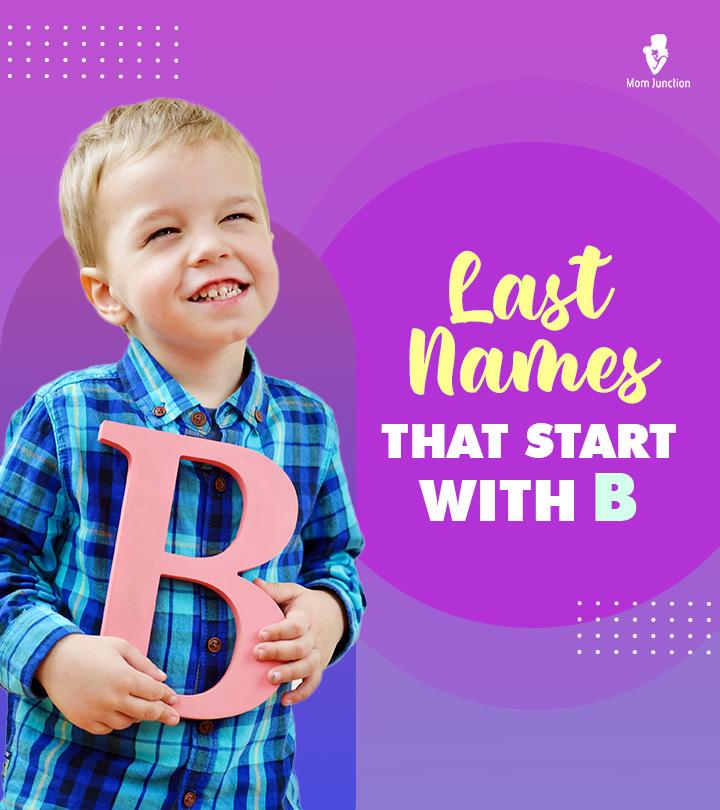

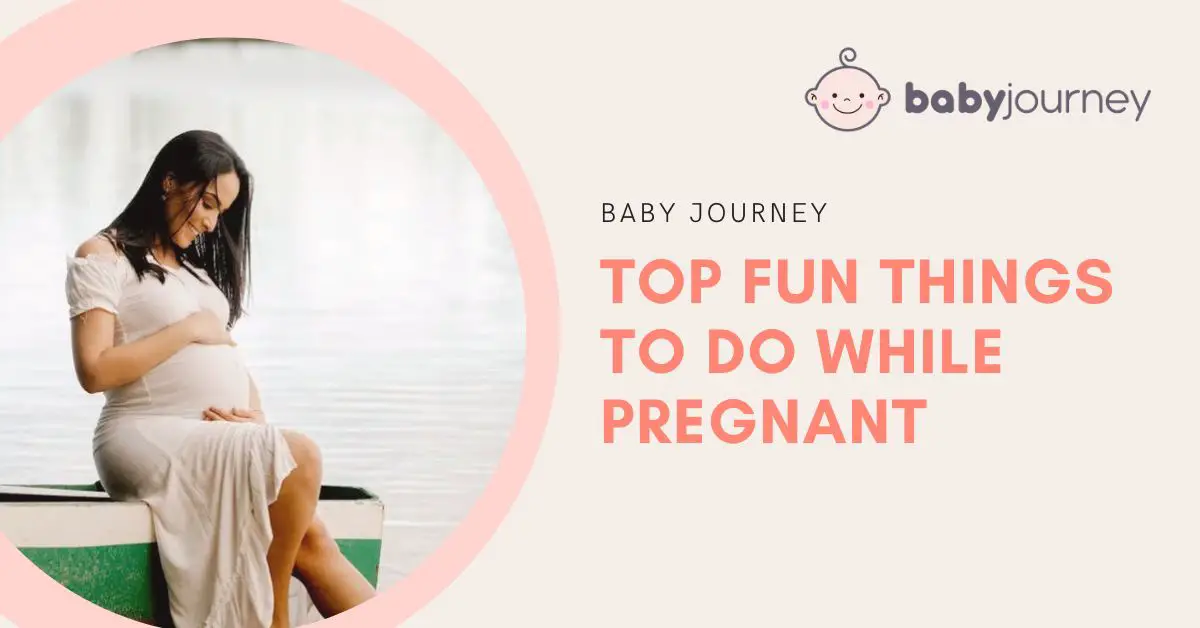
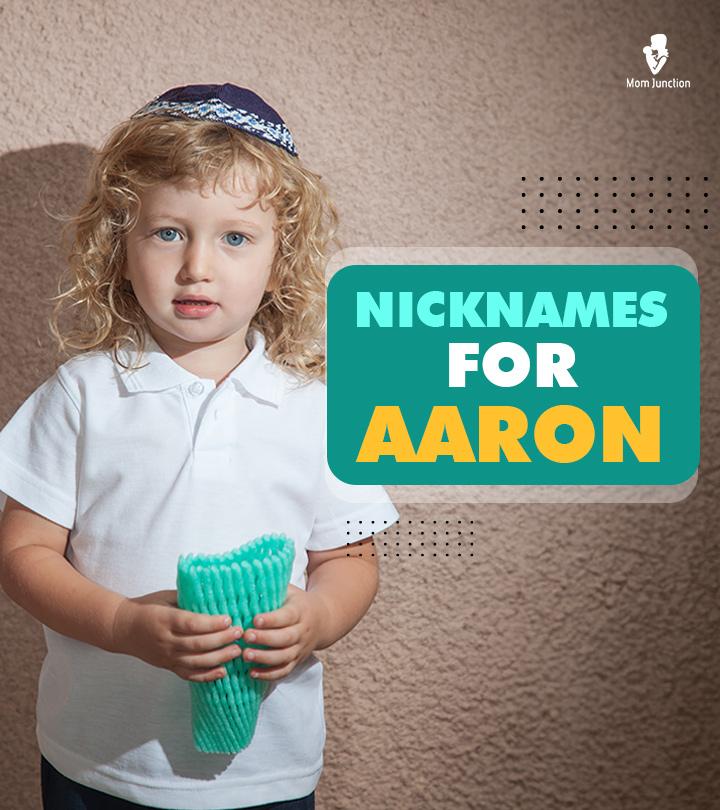

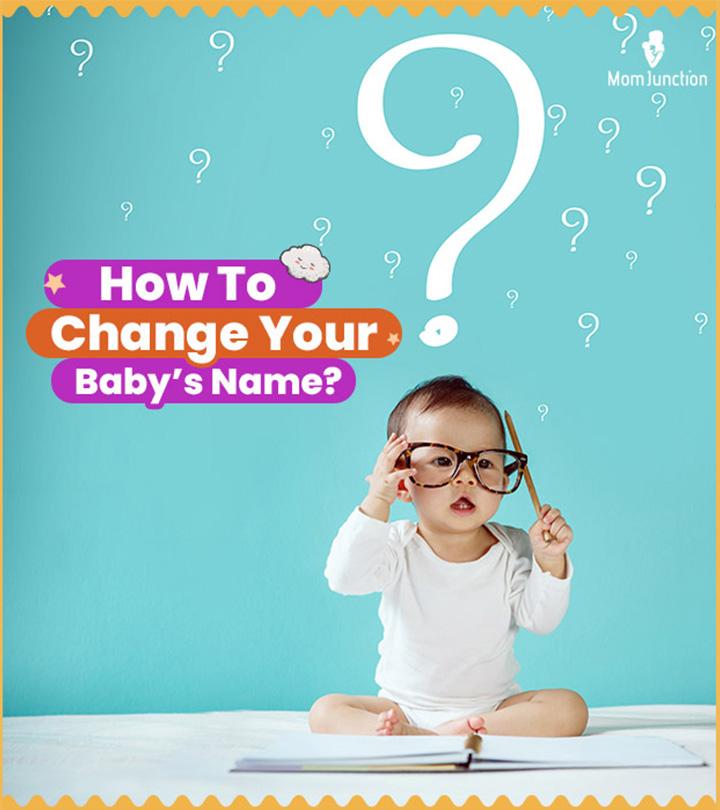


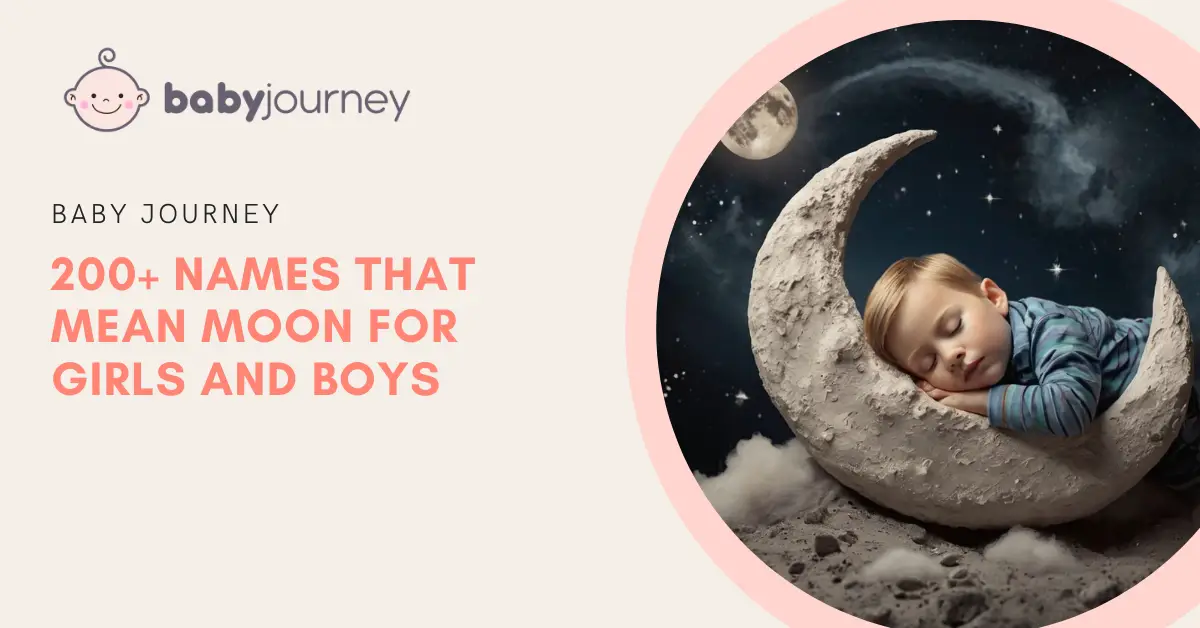
 TODDLERS
TODDLERS
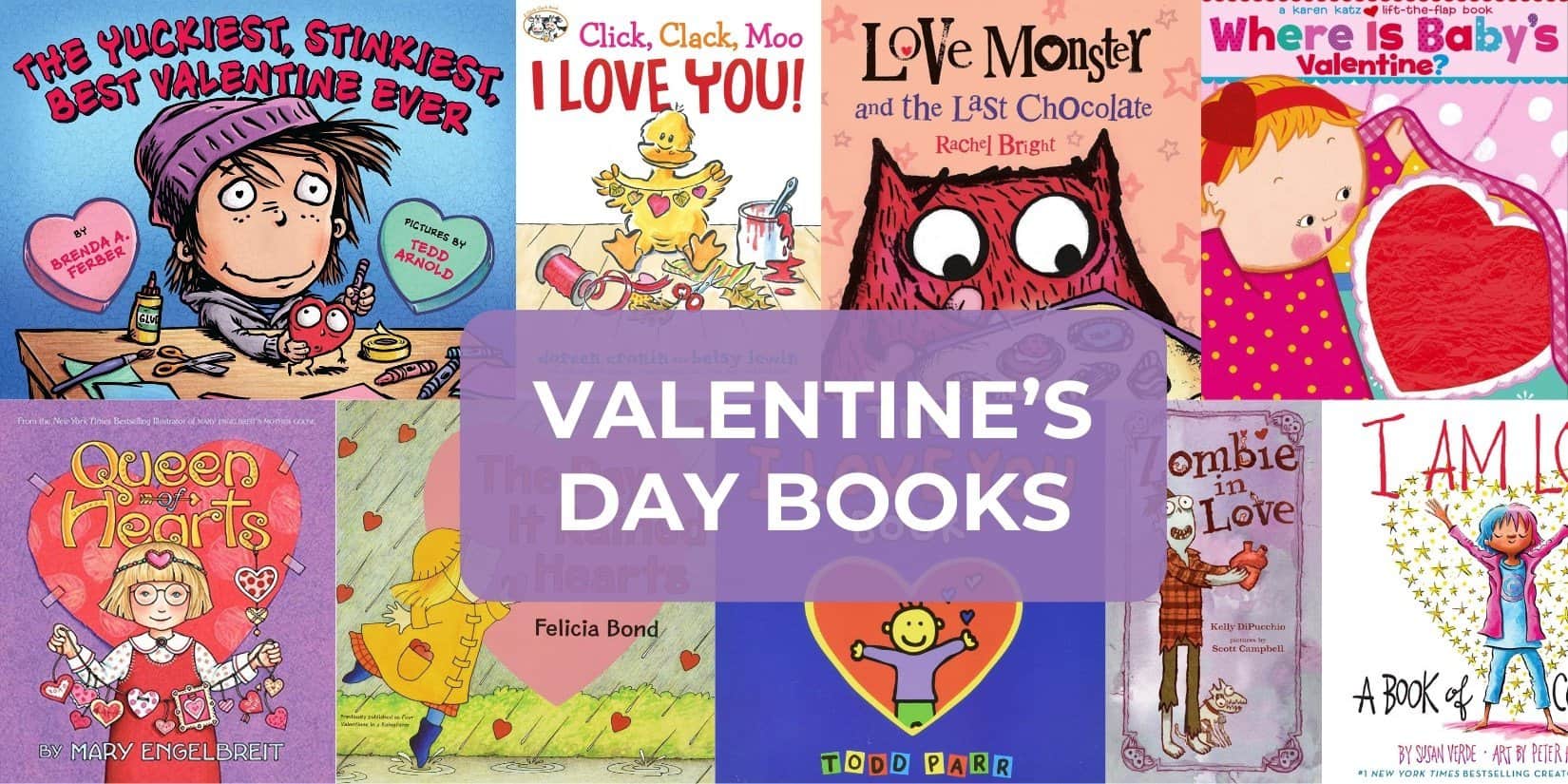







 TEENS
TEENS
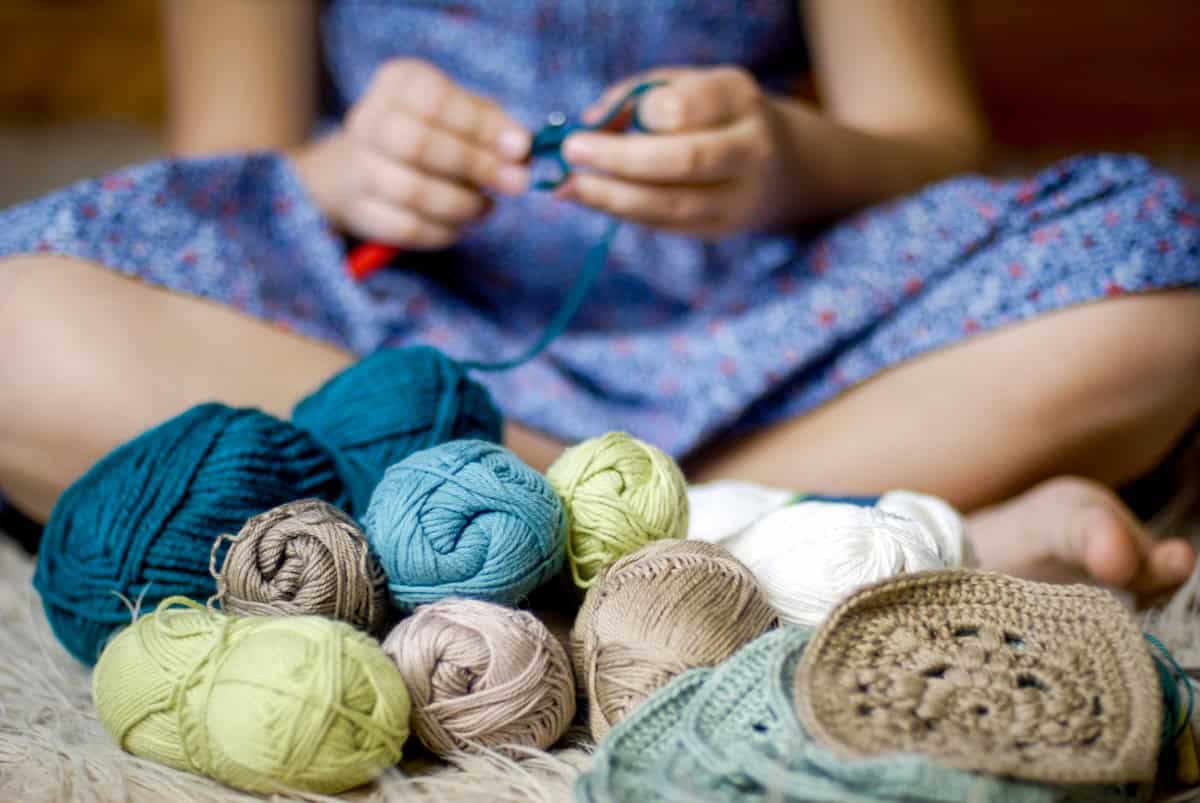
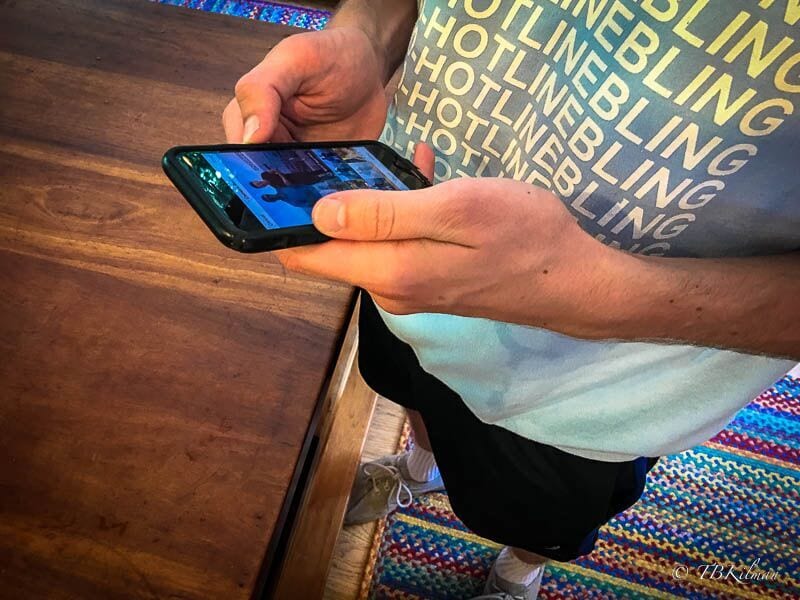


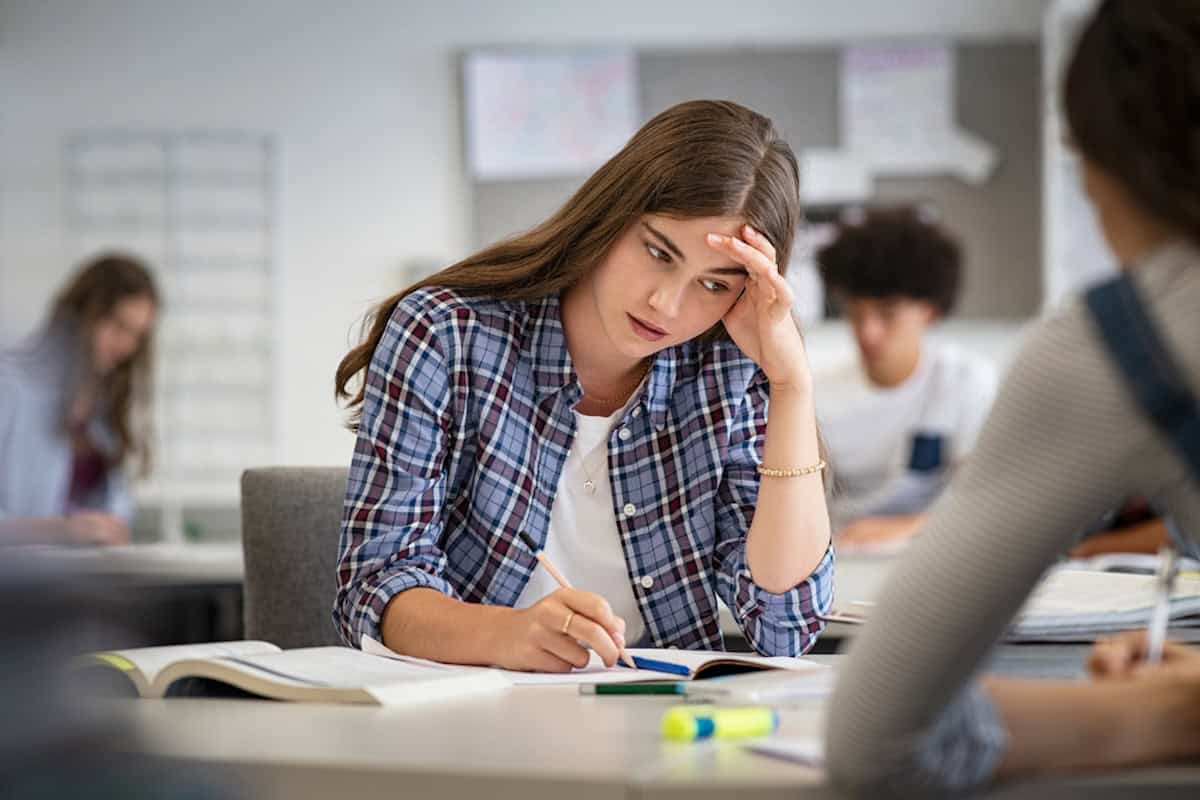



 HEALTH CARE
HEALTH CARE








 ACTIVITIES & CRAFTS
ACTIVITIES & CRAFTS








 CONTACT
CONTACT ABOUT
ABOUT